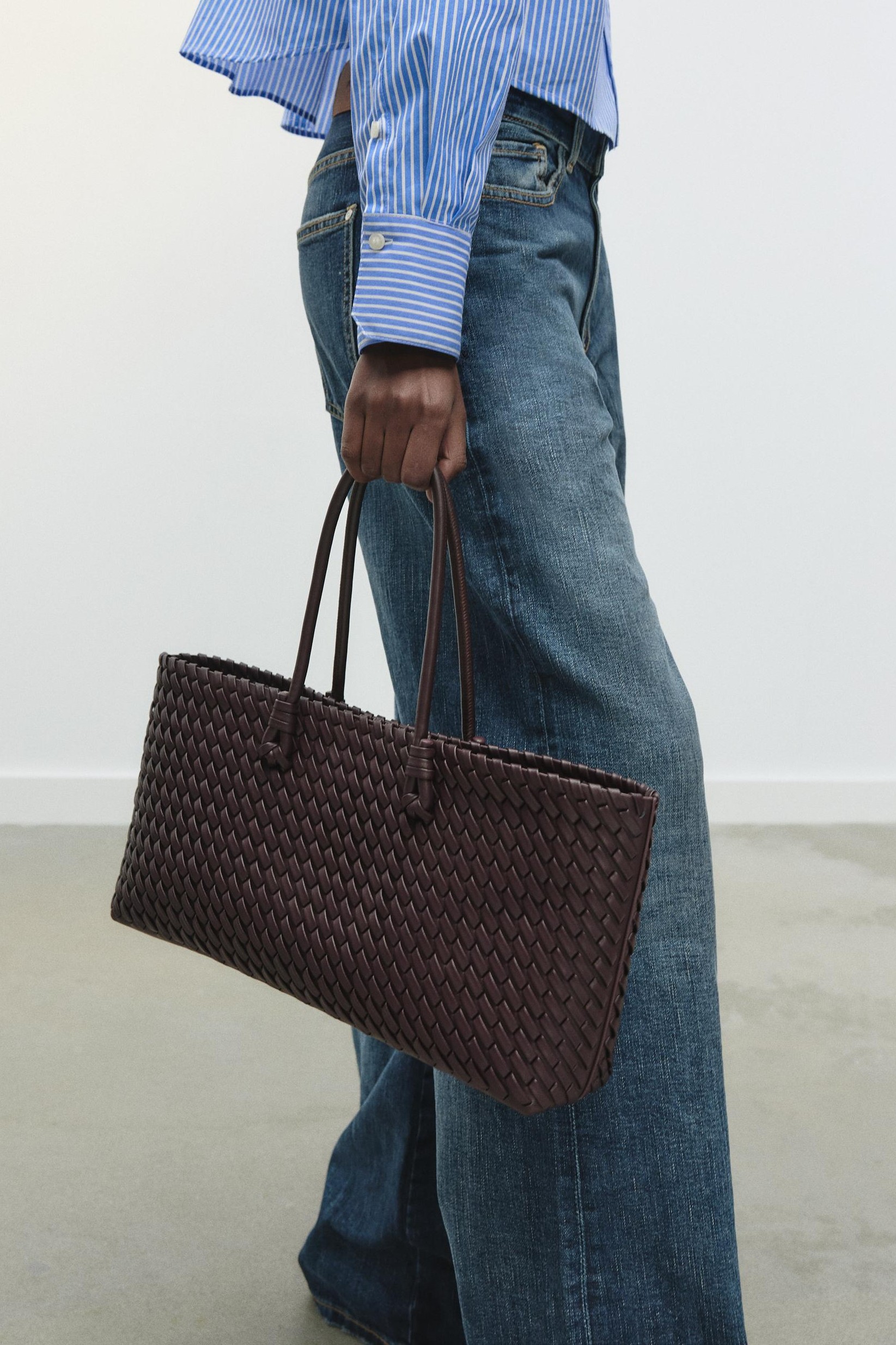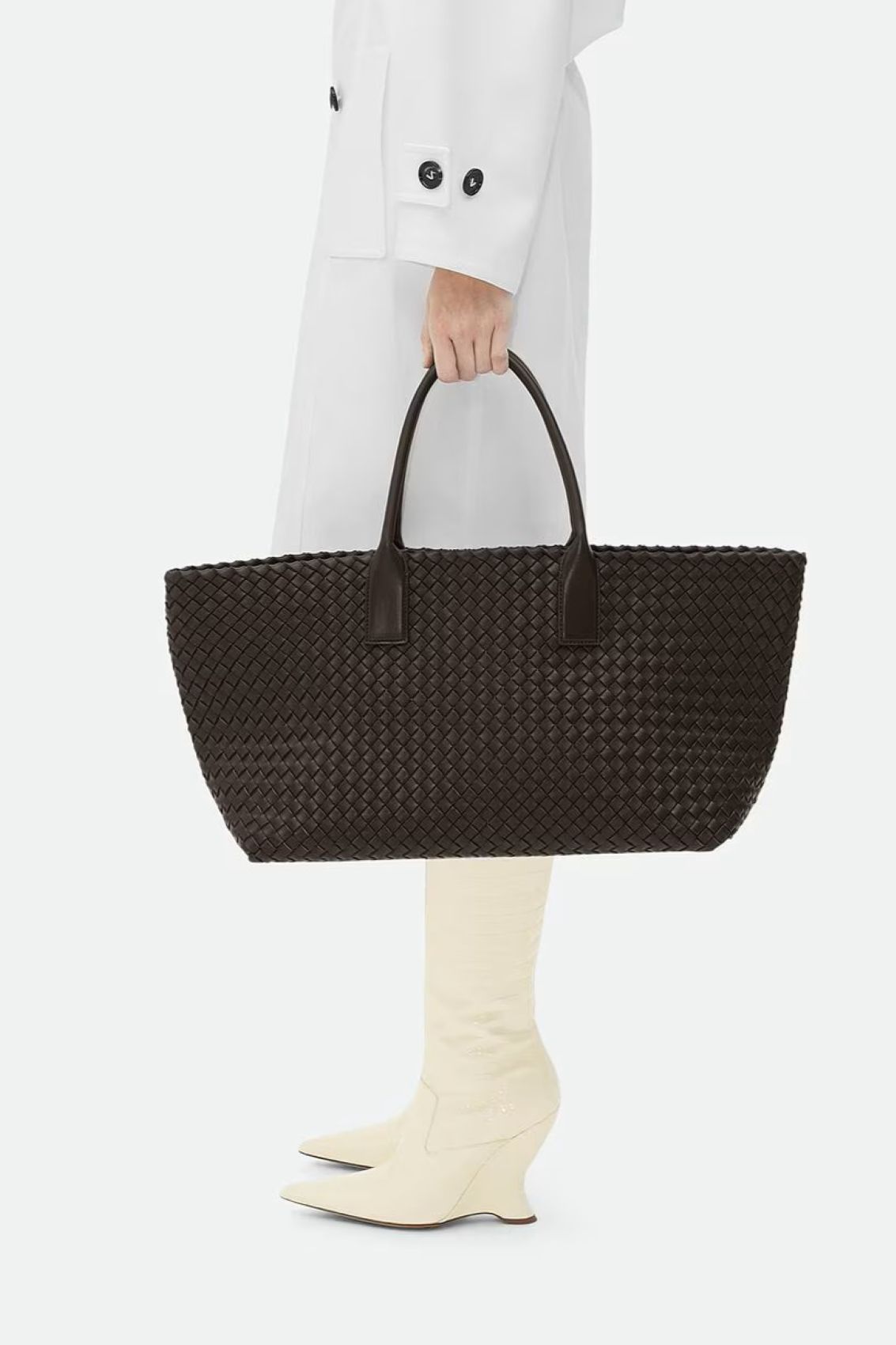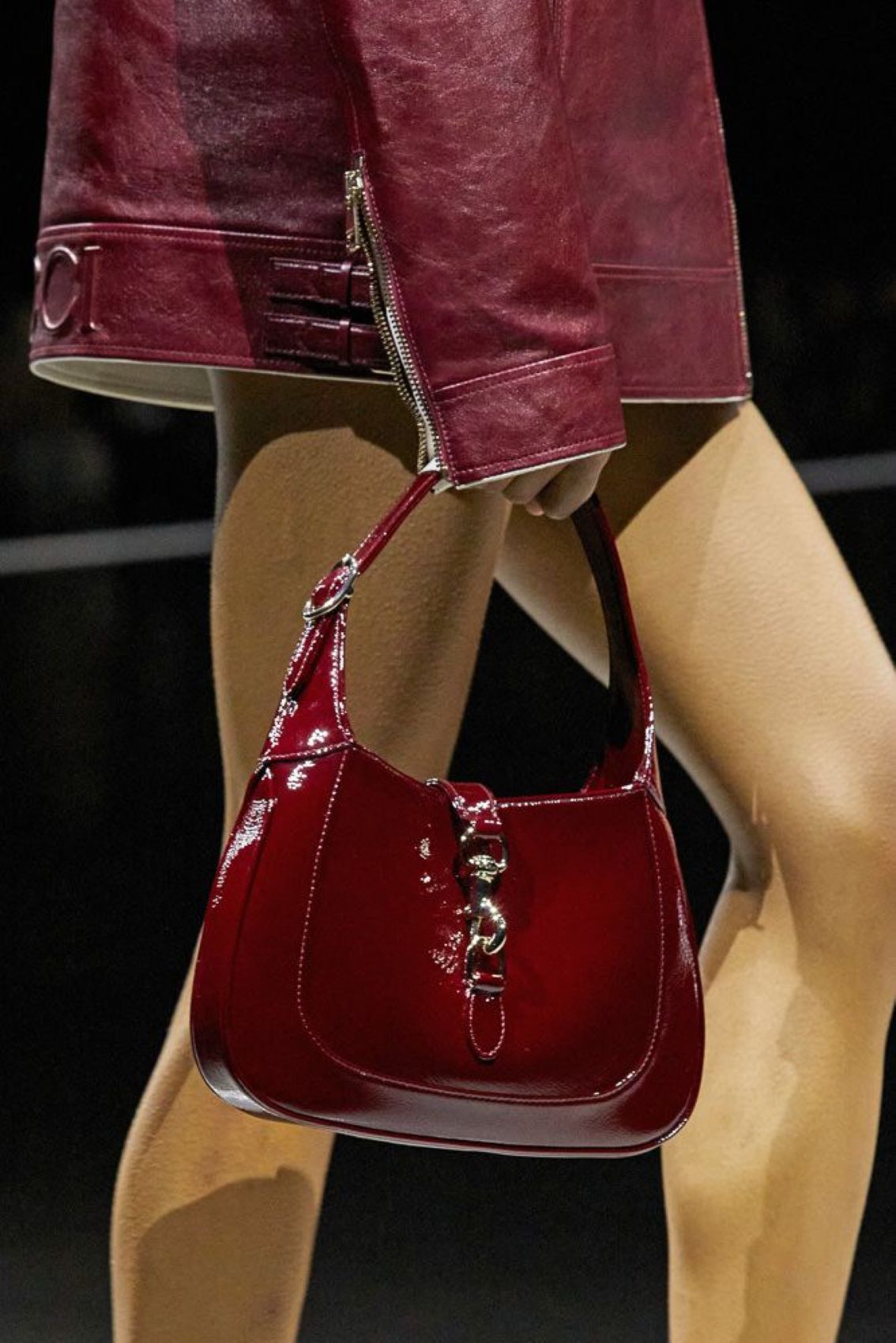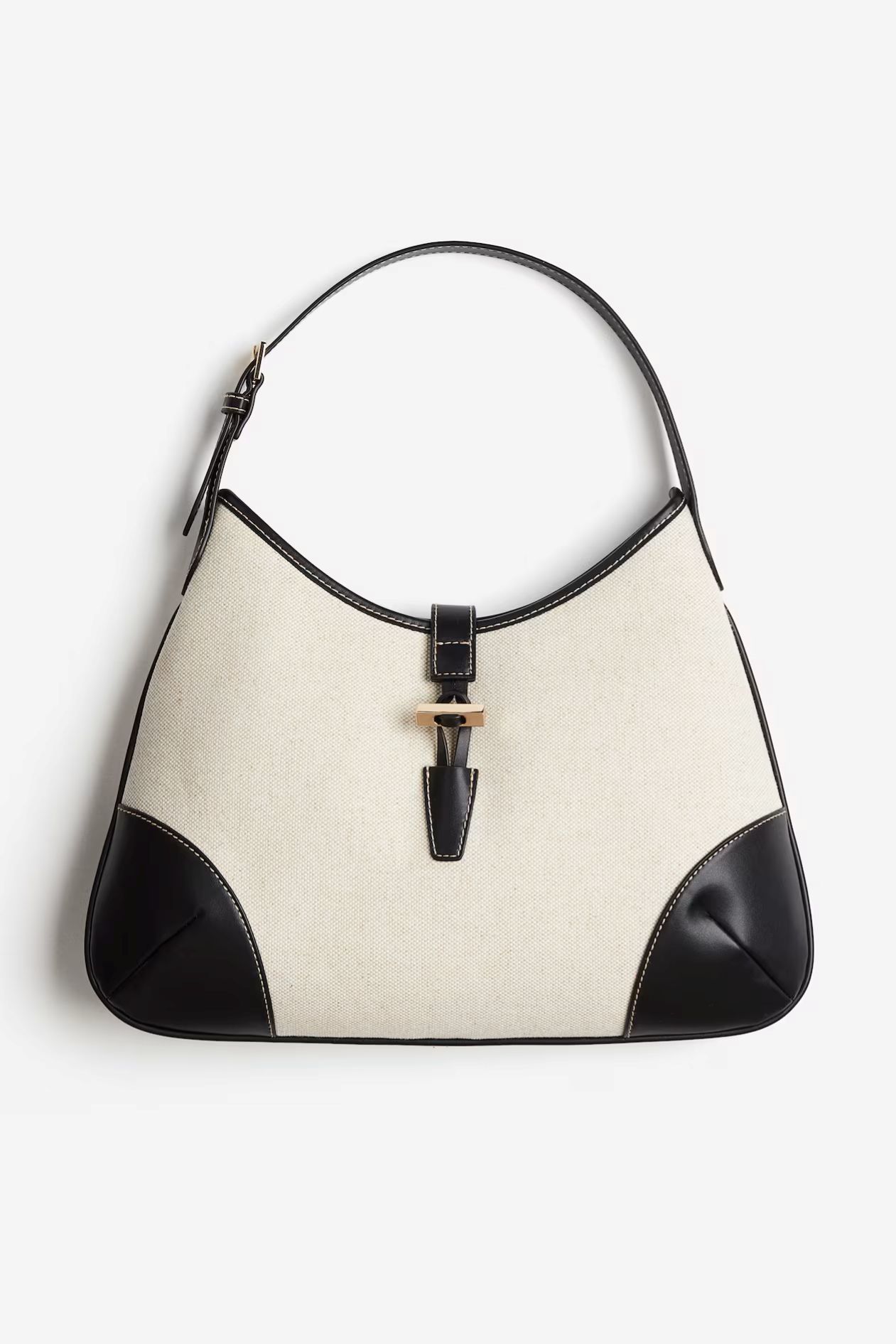Gen Z and Luxury: Why “Dupe Culture” Is Growing Stronger
By Justine Offredi01 juillet 2025
As luxury prices reach new heights and recent controversies on TikTok over luxury products being manufactured in China shake the myth of exceptional craftsmanship, “dupe culture” continues to grow among the younger generation. In this second part, Gen Z speaks out.
70%
Percentage of Gen Z who regularly buy “dupes”
123.5%
Increase in online searches in one year for “dupe + skin care” between 2022 and 2023
2030
By then, Gen Z is expected to account for 30% of luxury purchases
Our generation is constantly looking for the best deal, and the dupes are becoming more and more integrated and normalized among us
Louana, student in Paris and fashion enthusiast
Since the end of the pandemic, pricing power—the ability of brands to impose price increases—has intensified in the luxury industry. As prices have risen, low-cost alternatives have multiplied, particularly online. This trend has fueled the rise of a new consumer behavior among younger generations: the purchase of dupes (a contraction of the word “duplicate”).
In 2023, a NielsenIQ survey for Google found that U.S. online searches for “dupe + skin care” rose by 123.5% in one year, and “dupe + make-up” searches increased by 31% between 2022 and 2023.
These products, which take inspiration from luxury codes while staying on the right side of counterfeiting laws, are especially appealing to Generation Z (born between the late 1990s and early 2010s), who are expected to represent nearly 30% of luxury purchases by 2030. According to a 2023 survey by Business Insider and YouGo, 70% of Gen Z respondents said they had “occasionally or very regularly” bought dupes in the past year. Heavily influenced by social media platforms like TikTok—where the hashtag #dupe has over 6 billion views—these young consumers proudly showcase their finds. But are these purchases always made knowingly? Where exactly is the line between a dupe and a simple fashion trend?
From Counterfeit to Dupe
S'inscrire
Newsletter
Soyez prévenu·e des dernières publications et analyses.
For Louana, a 24-year-old student in Paris and a fashion enthusiast, choosing a dupe is a deliberate decision: “If I buy a dupe, it’s always with full awareness, and I own it. But I still choose quality products and am willing to spend a certain amount. For example, I recently bought a pair of ballerina flats inspired by an iconic model from a major fashion house for €270, while the original costs three times more.”
Yet, as the conversation unfolds, the question arises—what’s the difference between a dupe and a fashion trend? According to Alain Quemin, a sociology professor specializing in art and luxury at Paris 8 University: “We no longer know who is being duped: the buyer or their social circle. The buyer themselves can no longer clearly distinguish a trend from a dupe or a counterfeit.”


Young people seem to hide behind this new term which, in the end, may just be a sugar-coated version of an old practice: counterfeiting. In the U.S., major names like Walmart and Glade use the term “dupe” to describe their products. Influencers are specializing in dupes and turning into true investigators by publishing viral TikTok videos, while savvy buyers are forming Reddit communities dedicated to dupes, with a 50% increase in such communities—including r/fashionreps, r/reptime, r/replika, and r/designerreps—between 2022 and 2023.
Jewelry is timeless to me. I prefer to pay a high price for authenticity
Louana, student in Paris and fashion enthusiast
“It’s a way of rejecting moral judgment,” explains Quemin. But it goes even further. For Louana, finding an alternative to a product she deems too expensive is satisfying: “Our generation is always looking for a good deal. Dupes are becoming more accepted and normalized among us, especially when it comes to brands that are already discounted in outlets or on platforms like Arlettie or The Bradery. Subconsciously, their perceived value goes down.”
However, when it comes to iconic luxury pieces, like a Cartier piece of jewelry, Louana is more hesitant to buy a dupe: “I wouldn’t feel comfortable with how others would see it, because it would be too obvious that the item is a dupe—or even a fake. In that case, I’d rather pay full price for the brand’s authenticity. Jewelry is timeless for me, something passed down through generations. I’d be more reluctant to pay full price for shoes, clothes, or accessories that wear out more quickly.”
This distinction highlights a core issue in Gen Z’s relationship with luxury: the perceived value tied to an object’s social status is not only about the brand, but also its durability, visibility, and symbolic power. While some products can be swapped with little consequence, others—especially those representing heritage or status—remain closely tied to their perceived authenticity, and thus, legitimacy in the eyes of this generation.
Between Rising Prices and Legitimacy
When a luxury brand sells a product with a multiplier coefficient of 30, it should not be surprised that it is easily reproduced at a much lower price
Alain Quemin, Professor of Sociology specializing in art and luxury at the University of Paris 8
At a time when major luxury brands face growing criticism—over working conditions, outsourcing, and destroying unsold goods—the legitimacy of paying full price is under serious scrutiny. Scandals like the one involving Moncler in 2014, accused of selling jackets for up to 30 times their production cost while using live-plucked goose down, or viral TikTok videos exposing luxury goods being made in China, are undermining the image of exceptional craftsmanship.
“It’s precisely these kinds of public revelations that devalue luxury products and discourage consumers from paying full price,” says Quemin. “When a luxury brand sells a product at a 30x markup, it shouldn’t be surprised that it's easily copied for far less. This puts the legitimacy of these margins into question.”
“The drop in quality pushes us to buy dupes,” says Louana. “Since learning about some of the manufacturing methods used by certain brands, I’ve been turned off. Prices keep rising while quality doesn’t always follow. Under those conditions, buying new feels hard—I prefer to turn to vintage.”
Quemin analyzes: “We’re left wondering whether the quality of ultra-luxury is truly better than that of more affordable luxury. The dupe phenomenon challenges the codes of luxury, while brands desperately cling to their image to maintain legitimacy.”
In the case of a dupe, if the quality is good and the price is right, it's a purchase I would be completely satisfied with
Louana, student in Paris and fashion enthusiast
Must luxury become inaccessible to remain legitimate? Not in Gen Z’s eyes. Premium and high-end brands, which are often more affordable, are gaining ground by offering similar products without sacrificing quality.
“When it comes to a dupe, if the quality is good and the price is right, I’m completely satisfied with the purchase,” says Louana. Born into the era of fast fashion in the '90s, this generation grew up with the idea that “affordable luxury” was everywhere.
Now, they’re taking it a step further: “Thanks to the internet, it’s much easier to access these items, and the shopping experience feels a lot like luxury,” explains Quemin. “We’re far from the days of buying counterfeits from shady street vendors.”
In essence, the hunt for the “superdupe” is also a form of resistance: “Gen Z is clearly reacting to the social exclusion luxury has long represented. They want to adopt the codes of luxury—without paying the symbolic price,” he concludes.


Références
Partager l'article
Continuez votre lecture
Dupes: What are the Legal Actions Available To Protect Luxury Brands?
With the rise of “dupes”, luxury brands are facing new legal challenges. While explicit copies fall under counterfeiting and criminal law, “dupes” fall into the category of commercial parasitism, a more nuanced concept in French law. Delphine Brunet-Stoclet, an intellectual property lawyer, provides insight.
Influence 3.0: Content Creators Redefining the Relationship with Luxury
Influencer marketing has undergone a profound evolution over the past decade. From a few superstars in the field to millions of micro-influencers, they now sit at the heart of luxury brands’ strategies. But what kind of influence are we talking about? Two content creators, Morgan Mesple and The Gstaad Guy, provide answers.
S'inscrire
Newsletter
Soyez prévenu·e des dernières publications et analyses.